In recent years, progressive initiatives like the single girl-child quota in higher education institutions (HEIs) have been lauded as significant steps towards achieving gender equality in education. These measures, while undoubtedly beneficial, fall short of ensuring true equality and empowerment for women. Let’s delve into the effectiveness of these quotas and scholarships, examine their impact and explore the broader changes required to make a meaningful difference in the lives of single girl children in India.
The Current Landscape of Educational Quotas
Delhi University, a trailblazer in this initiative, has introduced a single girl child quota across all its programmes starting from the 2024-25 academic session. This policy reserves supernumerary seats specifically for single girl children, aiming to encourage the education of daughters in families where there is only one girl child. By addressing both the symptoms and root causes of gender disparity, the quota promotes higher education among a segment of society that is often marginalised.
This initiative is an important step in recognising the unique challenges faced by single girl children, who often bear the brunt of gender discrimination and societal expectations. In a culture where sons are traditionally favoured, daughters frequently face obstacles in accessing the same educational opportunities. The introduction of such quotas is a proactive measure to counter these deep-seated biases and encourage families to invest in the education of their daughters.
The Impact of UGC Scholarships and Fellowships
In addition to the quotas, the University Grants Commission (UGC) has implemented various scholarships and fellowships to support single girl children. Notable among these is the Savitribai Jyotirao Phule Fellowship for Single Girl Child, which provides financial assistance to PhD students. This fellowship, named after a pioneering female educator and social reformer, symbolises the commitment to fostering educational opportunities for women.
While these programmes have benefited a significant number of recipients, they still cover only a fraction of potential candidates. From 2018 to 2023, the number of single girl children who have availed themselves of these opportunities has been limited, suggesting a gap between the availability of such initiatives and the actual needs of the demographic. This disparity highlights the need for more comprehensive outreach and support mechanisms to ensure that all eligible candidates can benefit from these programmes.
Challenges Beyond Financial Support
Although girl child scholarships and quotas are critical, they alone are insufficient to combat the deep-seated societal biases and structural barriers that limit educational opportunities for women. Issues such as safety concerns, societal prejudice, and economic barriers continue to impede the educational journey of many women. For instance, the concern for the safety of women studying away from home or living in hostels significantly affects the decisions families make regarding higher education for their daughters.
Safety concerns are a major factor deterring families from sending their daughters to distant educational institutions. Instances of harassment and violence against women in educational settings have created an environment of fear and apprehension. This not only limits the mobility of female students but also constrains their educational choices and opportunities.
Societal prejudices and stereotypes about the role of women further compound these challenges. Traditional views that prioritise marriage and domestic responsibilities over education for women persist in many parts of India. These attitudes often result in early marriage and discontinuation of education for many girls, thwarting their aspirations and potential.
Economic barriers also play a significant role in limiting educational opportunities for single girl children. Despite the availability of gitrl child scholarships, the overall cost of education, including tuition fees, accommodation, and other associated expenses, can be prohibitive for many families. This economic strain forces families to make difficult choices, often prioritising the education of sons over daughters.
Holistic Solutions for a Deeper Impact: Girl Child Scholarships and Beyond
To truly empower single girl children through education, a more comprehensive approach is required—one that goes beyond financial aid. This includes creating safer educational environments, promoting societal change, and improving the accessibility and affordability of education.
Creating Safer Educational Environments
Enhancing security measures in and around educational institutions can reassure families about the safety of their daughters. This includes improved campus security, safe transportation options, and robust mechanisms to address and prevent harassment and violence. Institutions should also foster a culture of respect and equality, where female students feel valued and supported.
Promoting Societal Change
Educational campaigns aimed at changing societal attitudes towards the education of girls are crucial. These should focus on altering perceptions and encouraging families to invest in their daughters’ education as they would for their sons. Community-based initiatives, involving local leaders and influencers, can play a pivotal role in shifting mindsets and breaking down gender stereotypes.
Improving Accessibility and Affordability of Education
Making education more accessible and affordable can help overcome economic barriers. This could involve expanding the scope of girl child scholarships, increasing the number of seats available under such quotas, and providing additional financial support for associated expenses like accommodation and study materials. Government and private sector partnerships can also play a role in funding and sustaining these initiatives.
Support Systems and Mentorship
Establishing support systems and mentorship programmes for single girl children can significantly enhance their educational experiences. Mentorship can provide guidance, encouragement, and role models for young women, helping them navigate the challenges of higher education. Support systems, including counselling services and peer networks, can also address the emotional and psychological needs of students.
Policy Innovation and Implementation
Effective policy implementation is key to the success of these initiatives. This involves regular monitoring and evaluation of programmes to ensure they are meeting their objectives and making necessary adjustments based on feedback and outcomes. Policymakers should also consider innovative approaches to address emerging challenges and create a more inclusive educational environment.
The Road Ahead: Girl Child Scholarships
The introduction of the single-girl child quota is a commendable step towards promoting gender equality. However, for these efforts to be genuinely transformative, they must be part of a broader, more strategic approach that addresses the myriad challenges faced by women in society. This includes not only enhancing their educational opportunities but also ensuring that once educated, these women can lead secure, empowered lives without the constraints imposed by prevailing gender biases.
To achieve this, a concerted effort from all stakeholders is required. Governments, educational institutions, non-governmental organisations, and communities must work together to create an enabling environment for the education of single girl children. Collaboration and partnership are essential to mobilise resources, share best practices, and drive sustainable change.
Smile Foundation is making a significant impact by providing scholarships to girl children, ensuring their access to quality education from school through higher education. These girl child scholarships aim to empower girls from underserved backgrounds, enabling them to overcome financial barriers and pursue their academic dreams. By supporting their education, we aim to foster gender equality, encouraging personal and professional growth, and contributing to the creation of a more equitable society.
The journey towards true gender equality in education is long and complex, but with sustained effort and commitment, it is achievable. By empowering single-girl children through education and addressing the structural barriers they face, we can pave the way for a brighter, more equitable future for all women in India.

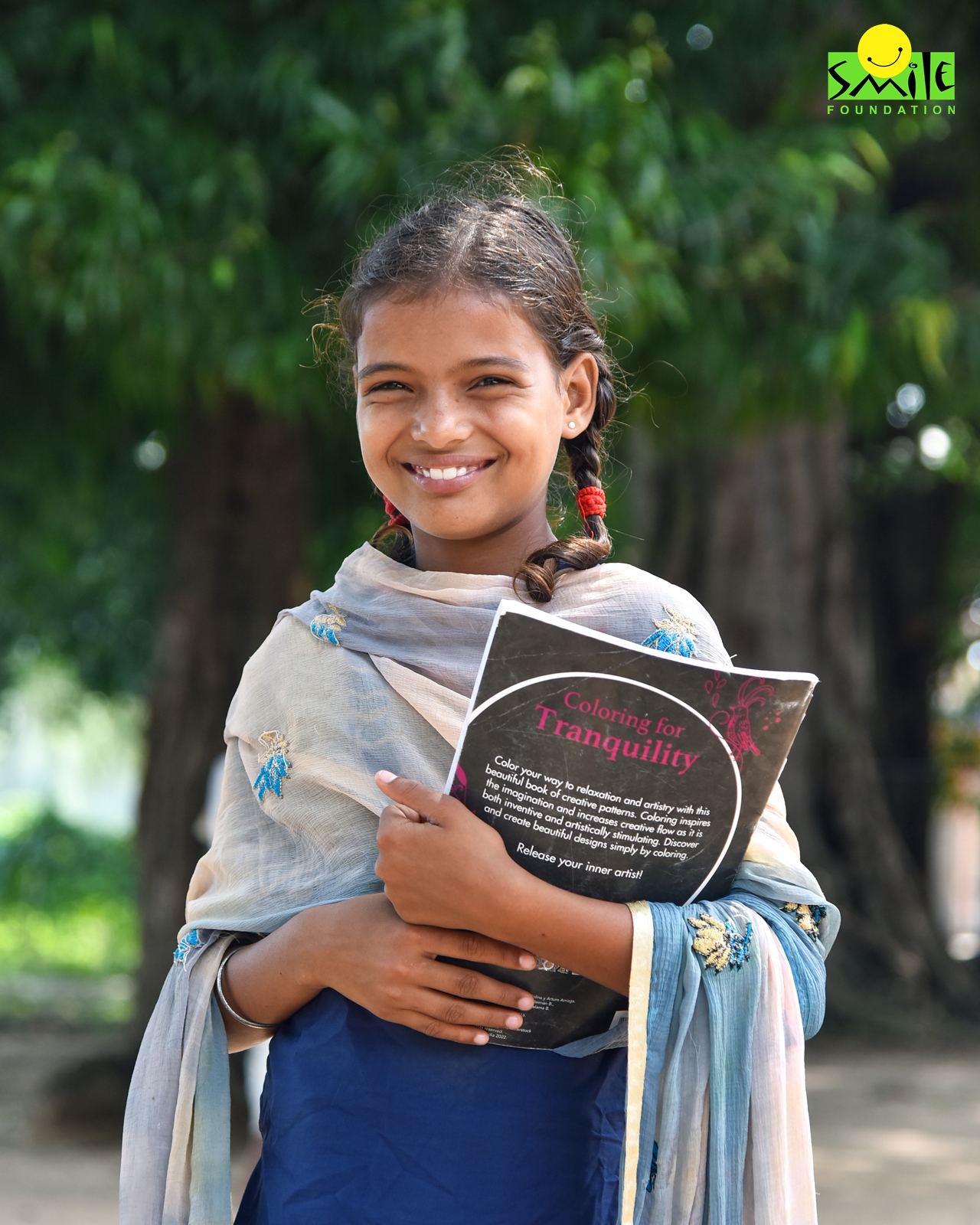




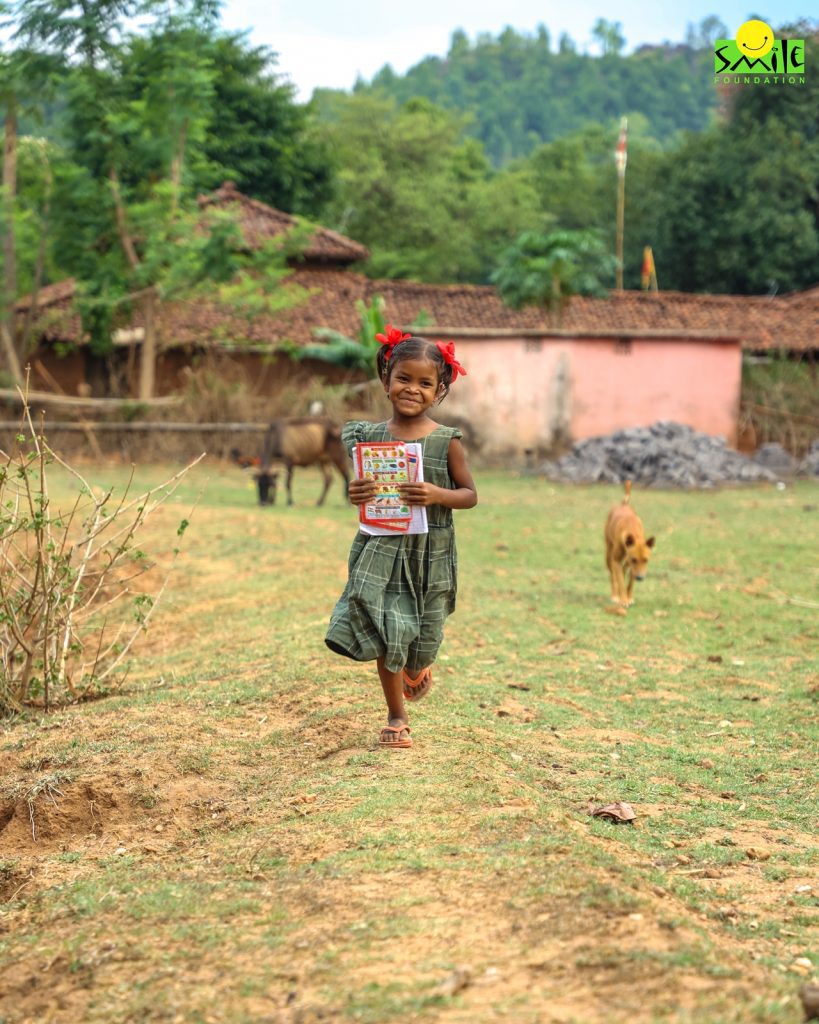

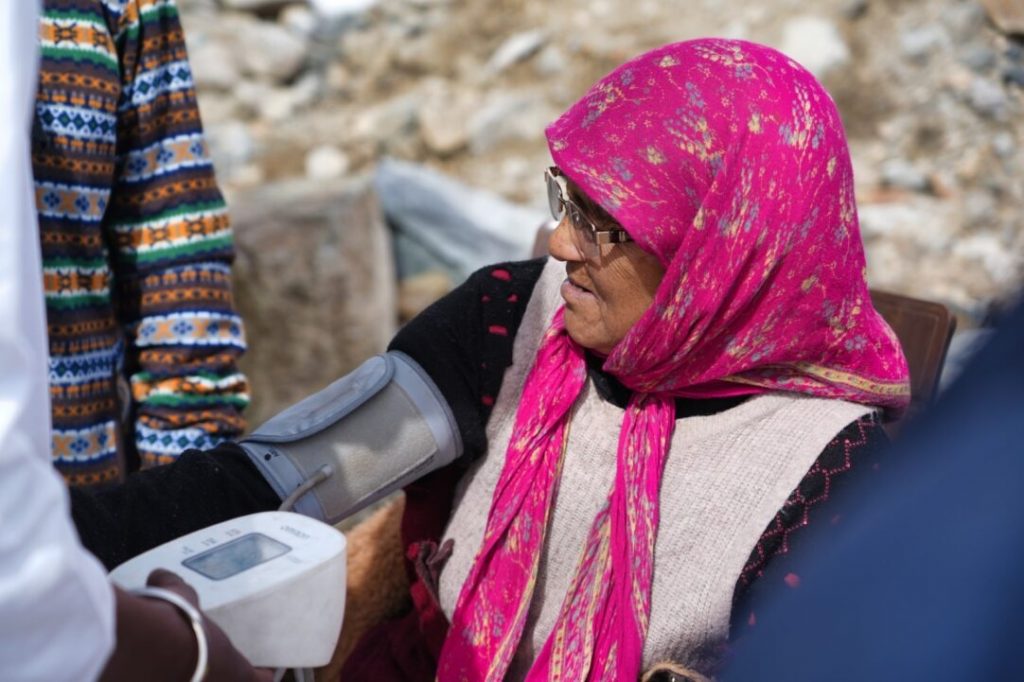
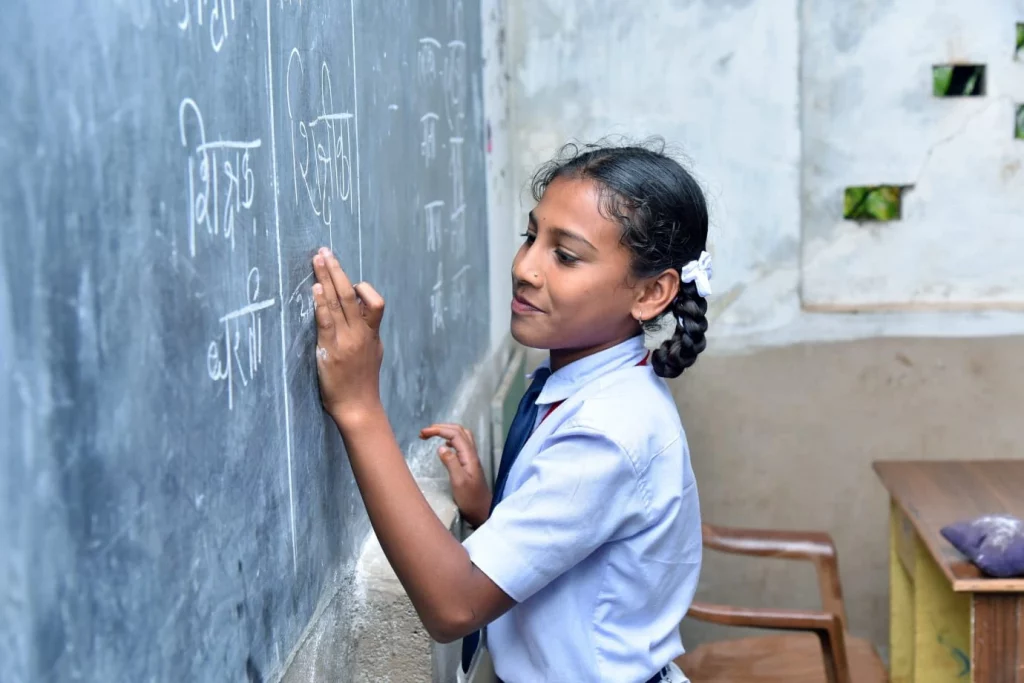
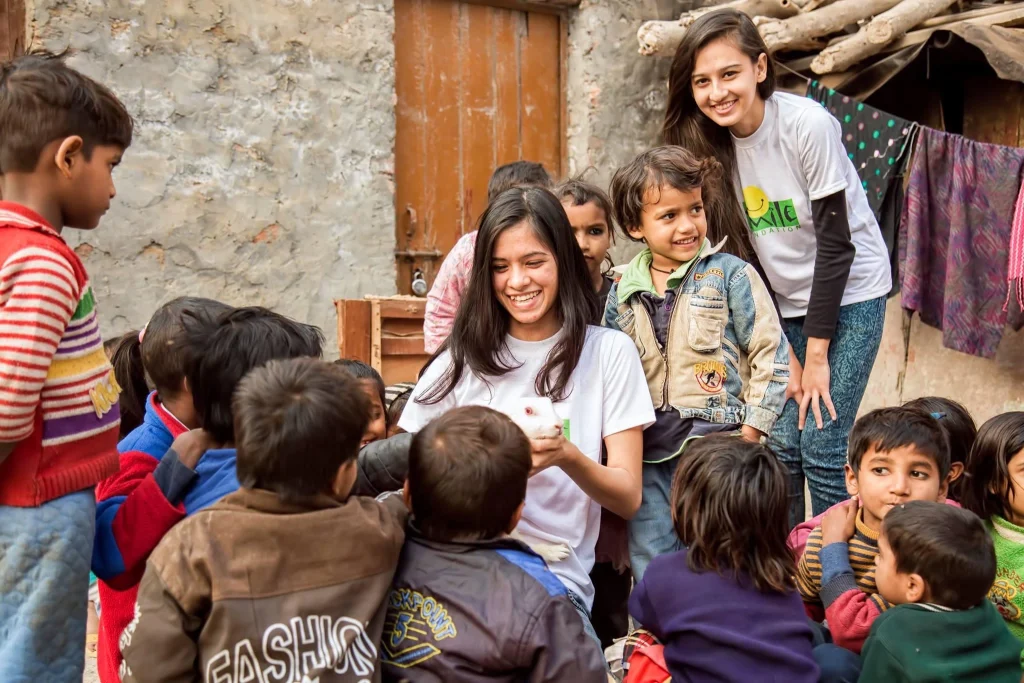
One reply on “Single Girl Child Scholarships Quota Not Enough”
Can you elaborate “Single Girl Child” eligibility. I am curious to know about the genesis of Single Girl Child quota in India. I mean if Govt wants to support girl child, why not two sisters having no male sibling are eligible for Single Girl Child quota.